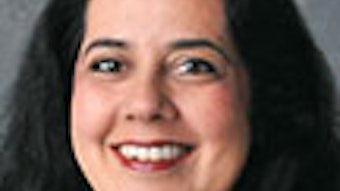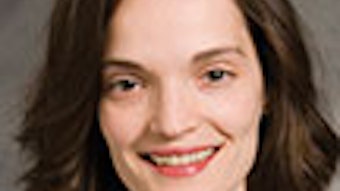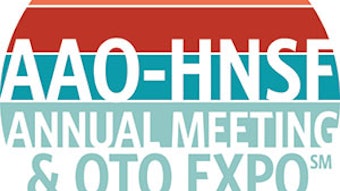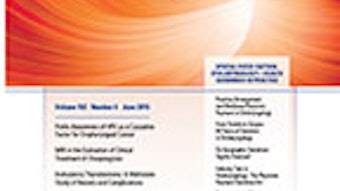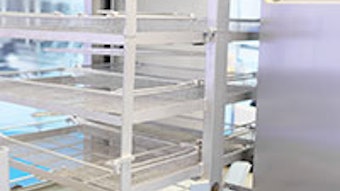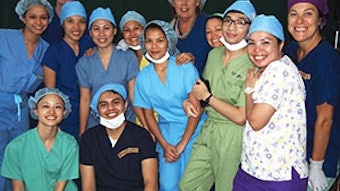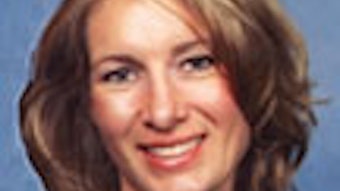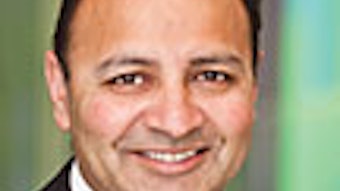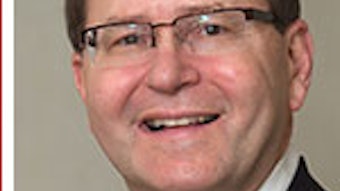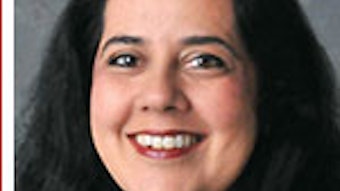The power of data raises the bar on patient care
At our spring Boards of Directors meeting, the BOD made the courageous decision to fund an otolaryngology-specific clinical data registry. That decision will “empower our Members to provide the best patient care” as well as satisfy reporting requirements for both CMS and private payers. The BOD charged the Registry Task Force, chaired by Lisa Ishii, MD, MHS, to create a business plan and select both a model and vendor for our registry.
AAO-HNSF registry, RegentSM, to begin pilot enrollment
By James C. Denneny III, MD


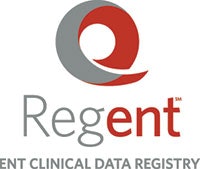

The registry can be used for PQRS reporting under current conditions as well as adapted to MIPS reporting requirements when finalized by CMS.

Data from disparate Electronic Health Record (EHR) systems in various participant locations will be interoperable and transparent. This will enable the AAO-HNSF to benchmark its participants, understand quality of care, and construct a program to allow for performance improvement.

By enhancing interoperability and transparency of clinical data at a central location in a registry, the AAO-HNSF can gauge the clinical impact of its guidelines and fine tune them to continually improve standards for “excellent otolaryngology care.” This will also allow input from specialty societies to broaden our portfolio of measures to cover the breadth of the specialty.

More rapid and cost-effective development of performance e-measures to quickly expand our portfolio will allow the AAO-HNSF to author, simulate, and test measures on registry data before launching the measures.

Coordinate with and provide data to the American Board of Otolaryngology (ABOto) and state licensing boards to satisfy MOC and MOL requirements. The ABOto has expressed interest in such a relationship going forward.
Chair
Lisa E. Ishii, MD, MHS
Members
James C. Denneny, III MD
Robert R. Lorenz, MD, MBA
Rodney P. Lusk, MD
David R. Nielsen, MD
Richard M. Rosenfeld, MD, MPH
Jennifer J. Shin, MD, SM
David L. Witsell, MD, MHS

In addition to a focus on required quality reporting, measures can be developed to facilitate educational, research, quality and performance improvement opportunities; post-market device surveillance; population health tracking; and patient outcomes.

The registry can be structured to automatically collect, host, process, and benchmark data from all participants. This data will assist Member participation in integrated physician groups and risk-sharing models including bundled episodes of care.

Help identify opportunities for the development of evidence-based guidelines and Appropriate Use Criteria that can be used in establishing appropriate care with both government and private payers.
Regent will be available to U.S.-based AAO-HNS Members from all regions and all practice settings. This includes private practitioners, those working in academic settings as well as employees of hospital systems. FIGmd has successfully worked in all of these venues to provide participants the information they need for quality endeavors. We will waive the application fee and the yearly maintenance fee for the first 1,000 participants joining in the first year. Going forward, there will be a $295 yearly maintenance fee similar to the current cost of PQRS reporting, even though the benefits of the registry will far exceed simple PQRS activities. There will also be a one-time $250 application fee for those who apply after the first 1,000 Members are enrolled.
Our Members have asked us to provide the tools that they need to survive and thrive as healthcare delivery transitions away from the fee-for-service model to quality-based care delivery. We listened and feel that Regent will provide these tools for our Members in a “one-stop shopping” arrangement. We look forward to your participation in the future and will be sending out information when registration begins.


